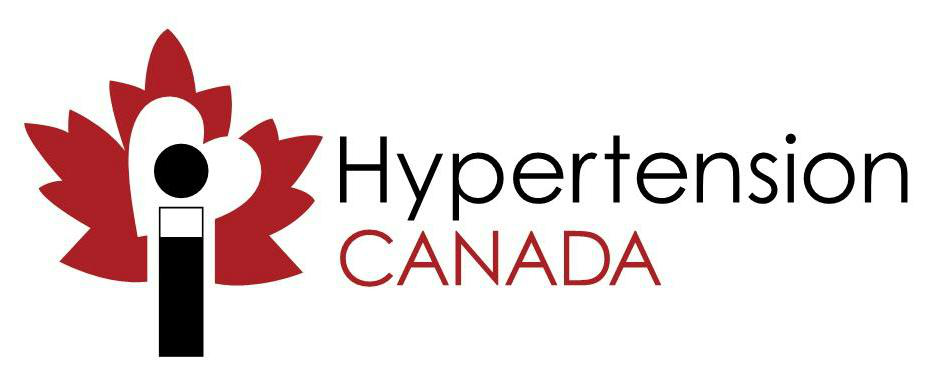Treatment of secondary hypertension due to endocrine causes
Care Delivery
- Adherence should be routinely evaluated in adults being treated for hypertension.
Adherence with a small cluster of health behaviours, including physical activity/exercise, smoking cessation, healthy diet, reduction in alcohol consumption, and medication adherence, have been identified as key behaviours aimed at controlling hy-pertension. Published research in the area typically uses 1 of 3 terms to refer to interventions aimed at changing behaviour: “non-pharmacological,” “lifestyle,” or “behavioural.” Agreeing on a common terminology is important to optimize the efficiency of scientific progress89; the 2020 adherence recommendations have been updated to use the term “health behaviour change” in place of “nonpharmacological therapy.” A key issue is to prevent naming an intervention by what it is not, to avoid the potential for confusion and poorly delimited concepts.
A second modification to the adherence recommendations for 2020 involves incorporating consideration of medication adherence into decision-making around the stepping-up of treatment. This change reflects a review of 24 retrospective, cross-sectional cohort and randomized controlled trials that examined medication adherence (defined as 80%) for patients with uncontrolled BP despite being prescribe >3 antihypertensive medications of different classes.90 Using a random effects model, this study reported a pooled prevalence of nonadherence at 31.2% (95% CI, 20.2-44.7; I2 ¼ 99.50), with notably higher rates of nonadherence associated with the use of objective methods, such as liquid chromatography-mass spectrometry in single time point bioassays or directly observed therapy.91 However, no single measure of adherence can be classified as the gold standard in clinical practice at present.91 Overall, unrecognized nonadherence with antihy-pertensive treatment regimens might explain poor treatment response in a small but significant number of patients.


